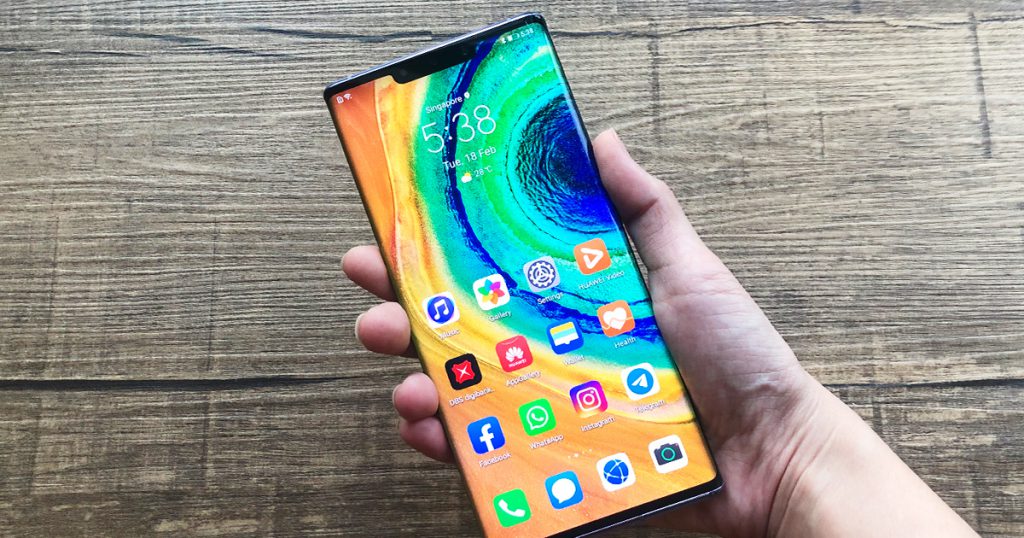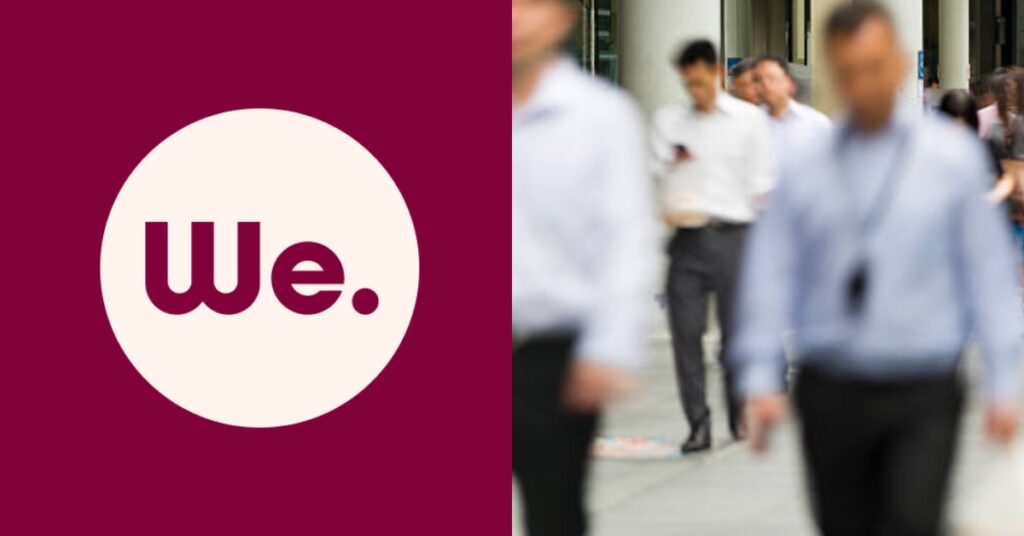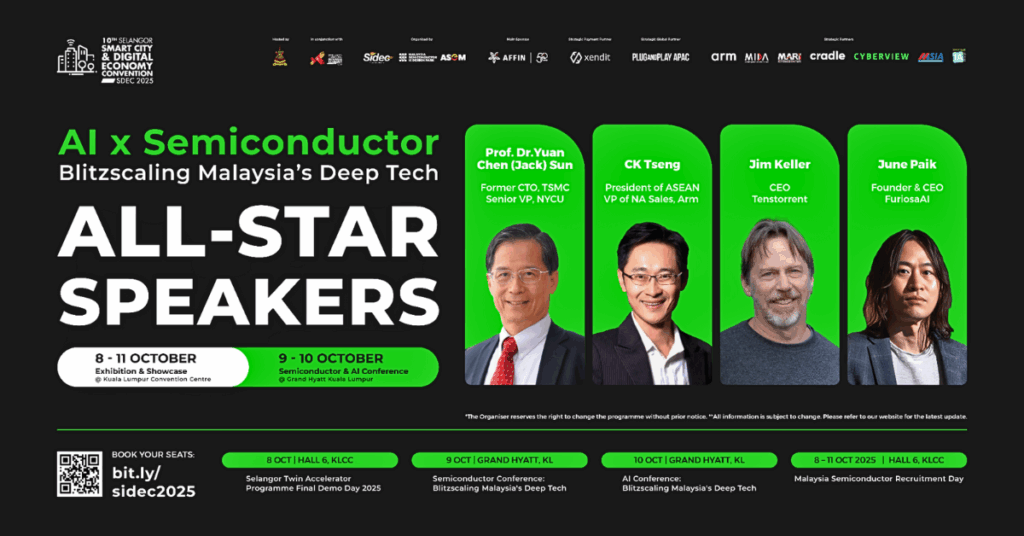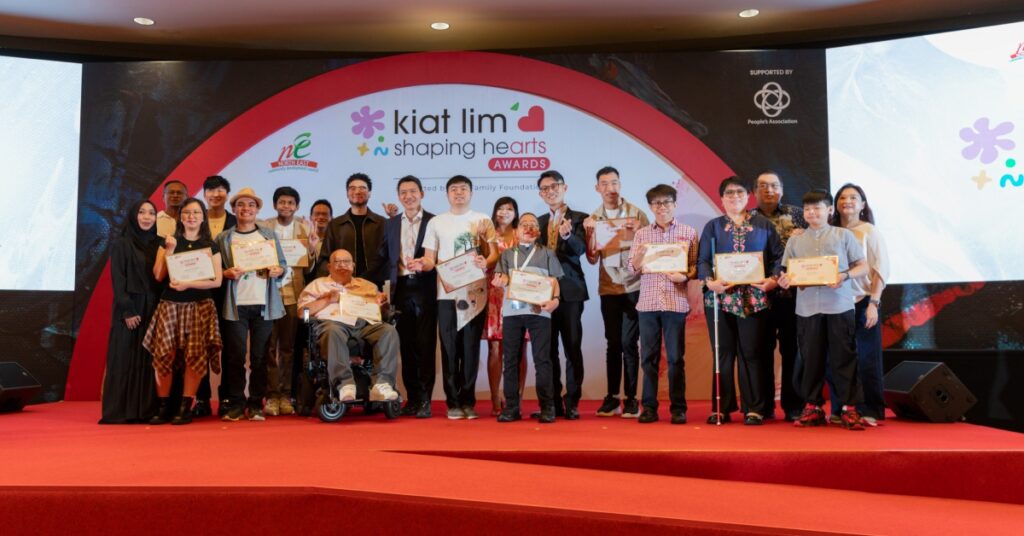Last year, Huawei strapped in for a rough ride when US President Donald Trump called for a trade ban on the Chinese tech giant.
Huawei was placed on the US’ Entity List since May 2019, stopping them from doing business with American companies unless granted approval by the US Government.
The move essentially cut Huawei off from their US supply of parts, such as the latest chips by Intel and Qualcomm — but the greatest impact felt was definitely losing access to Google’s licensed software, apps and services.
The one question boggling fans and users was what would happen when future Huawei phones come without Google’s Android and Google Mobile Services (GMS) like Gmail, Google Chrome and Google Maps?
Well, it’s already the reality we’re living in.
But instead of crippling under its obstacles, Huawei is showing how they continue to put out powerful smartphones that don’t sacrifice their usability.
Mate 30: Huawei’s First Smartphone Sans Google

While models released before the ban were granted reprieve, Huawei’s Mate 30, launched in September 2019, was officially its first flagship smartphone series to be shipped without Google.
As we’ve come to expect, Huawei kept up its standard of top-notch specs and an impressive camera, this time boasting great capabilities for videography too.
What people weren’t so certain about was the unveiling of their Google replacement, Huawei Mobile Services (HMS), and how exactly it offered a solution.
We later learned a few assuring facts that cleared up a bit of mystery.
Interestingly, the idea that “Huawei phones without Google are no longer Android devices” is not much more than a myth.
Google’s version of Android may be off limits, but the operating system is also available to other developers through the Android Open Source Project (AOSP).
Huawei now builds its user interface EMUI 10, and the newly introduced HMS, on top of Android’s open-source code.
What this means (especially for the die-hard Android users out there) is that the Mate 30 still runs like an Android phone and can download Android apps. The same goes for future Huawei phones, such as the upcoming P40 series.
A Growing Gallery Of Apps
Most of us would agree that a smartphone is only as useful as the apps it can run.
Despite losing Google’s Play Store, Huawei’s new phones starting from the Mate 30 now come pre-installed with its very own app store called AppGallery.

What we know so far is that it spans a wide range of 18 app categories, from games to lifestyle and education.
Huawei says the AppGallery is still very much a work-in-progress at the moment, which can only mean it will get bigger and better in time to come.
Till now, they’ve been working with app developers, equipping them with an understanding of HMS and helping them build apps that can integrate with the ecosystem.
Through running Huawei Developer Day events, over 1.07 million developers globally have been registered as Huawei Developers, and over 50,000 apps have been integrated into HMS so far.

Previously, the tech giant also said it would be pouring US$1 billion into its programme to get more apps on AppGallery in 2020.
Users in Singapore would be pleased to know they can already download local apps like Carousell and FairPrice.
Since the Mate 30’s Singapore launch in late October last year, Huawei has grown the AppGallery with a nearly 60% increase in local apps available, and plans to bump this up further in the later half of 2020.
Need Your Favourite Apps? No Problem.

Still, Facebook, Instagram and Whatsapp are among the most widely used apps on Google’s Play Store, and we’d think their absence makes a pretty big dent in daily life for most smartphone users today.
However, there are some simple workarounds (yes, legit ones) to get these apps on a Google-less Huawei phone.

The top option recommended by the company is Phone Clone, a free Huawei data migration app that lets you transfer data, files and even apps from your old phone, to your new Huawei phone via QR code.
Transferring apps will work if your old phone is an Android phone. For now, it’s a pretty reliable way to port over essential apps that still aren’t available on AppGallery yet.
Tough Times v.s A Tough Brand
Despite a challenging 2019, Huawei’s figures last year turned out better than most would have expected, and probably suggests that the company is not about to go down so easily.
Huawei once again overtook Apple for second place among the world’s highest smartphone shipments overall in 2019, as it first did in Q2 2018.
It was also the only brand among the top five global smartphone sellers that saw a double-digit growth in sales in Q3 2019, even after the US trade ban came into play.
In fact, Huawei even smashed its own records by hitting over 240 million smartphone shipments globally in 2019, up from over 200 million in 2018.
While their fall was broken largely by the Chinese market, which doesn’t use Google services, Huawei has evidently geared up quickly to ensure international fans can still enjoy their products without too much impact.
It’s been confirmed that the P40 series will launch in March 2020. Following the trails of the well-received P30 and Mate 30 releases, this year’s launch is set to be an exciting one too. We can’t wait to see how Huawei’s new era unfolds.
This article is written in collaboration with Huawei.
Featured Image Credit: Vulcan Post










